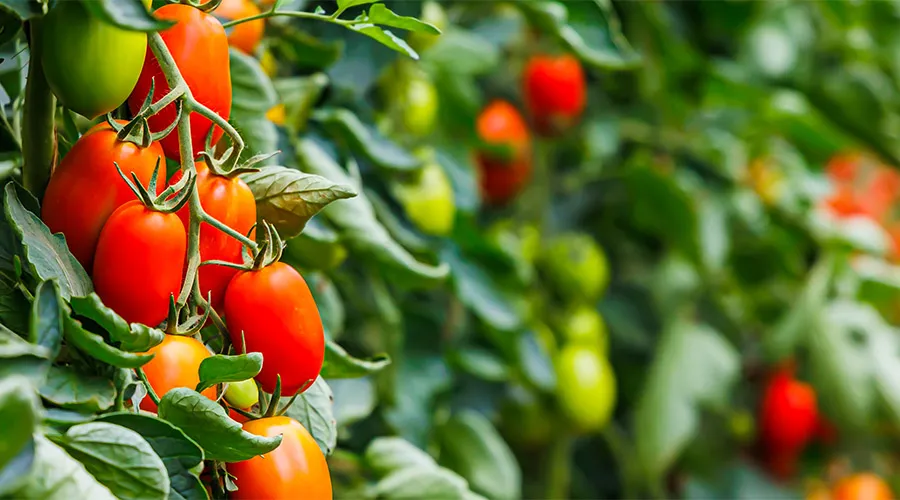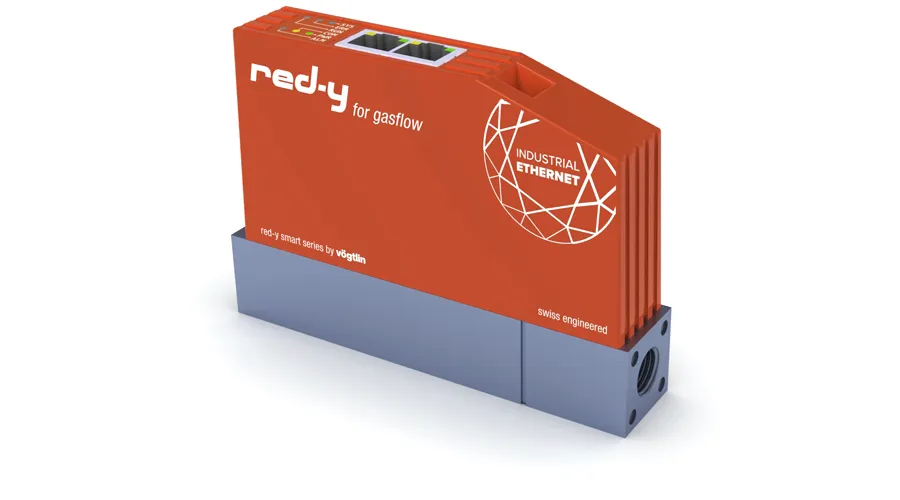Ethylene is a natural plant hormone that plays a central role in the ripening process of fruit and vegetables. It is produced by the fruit itself and generates a chemical messenger that expedites the ripening process. During controlled ripening, ethylene is mixed with nitrogen.




Even the ancient Egyptians knew about the effect of ethylene on the ripening of fruit and made use of it. Today, the fruit-ripening effect of ethylene is also used in agriculture to ripen tomatoes, among other things. To speed up the ripening of these fruits and vegetables, they are immersed in a mixture of 96% nitrogen and 4% ethylene (mass ratio).
A ready-to-eat, ripe tomato should be red and not too firm. Ethylene ensures that the green colouring, chlorophyll, is broken down. At the same time, the red pigments, the carotenoids, and the proportion of fructose increase. The pectins, which contribute to the firmness, are also broken down. The natural ripening of fruit depends on various factors. Without these factors, the time window for harvesting tomatoes would be small and the resulting would be high.
To optimize profitability by minimizing losses caused by the narrow harvesting window for tomatoes.
Producers and retailers aim to guarantee that the tomatoes are ripe and ready for sale at the optimal time.
A gas mixture of 96 per cent nitrogen and 4 per cent ethylene is required for the ripening process. In order to produce the mixture cost-effectively, accurately, and with minimal effort, Stoll combines a mass flow meter for nitrogen and a mass flow controller for ethylene into a single unit. The mass flow meter provides the target value to the controller. This way, the ratio of 96 percent nitrogen to 4 percent ethylene can be maintained and any fluctuations can be compensated for. The MEMS technology used in the modern mass flow controllers in Vögtlin’s ‘red-y smart series’ offers high accuracy and fast response times.
The collaboration between Vögtlin and Stoll was arranged by PanGas, which has had excellent results with Vögtlin’s electronic mass flow controllers.